An Aquatic Plant Primer
Water gardening is one of the fastest-growing sectors of the gardening industry. Retail statistics compiled by the National Gardening Association show the sector growing at nearly 20 percent annually. Among the many opportunities this surging interest in water gardening brings to retailing is aquatic plants.
“Plants are essential to a healthy water garden,” says Chris Wilson, technical expert with Aquascape Designs, Inc. “Not only are they attractive and something people want to have in their ponds, they help keep the pond ecologically balanced.”
Aquascape Designs publishes a guide for retailers called The Pond Retailers Bible. Compiled with the help of top experts throughout the industry, the book is an A-Z reference of everything a retailer needs to know about water gardening and water garden retailing.
The Pond Retailers Bible devotes an entire chapter to aquatic plants. The following, adapted from the book, is a quick primer that offers the essentials every retailer needs to know about aquatic plants.
Plant Categories
Water Lilies. The water lily is the crown jewel of the water garden and the most popular water gardening plant on the market. Lilies provide a lovely floating carpet of leaves and flowers across the surface of a pond. They also provide fish with a shady awning from the summer sun, while depriving algae of the sunlight needed for growth. There are hardy and tropical varieties.
Hardy Lilies. Hardy lilies are reliable perennials from USDA Zones 3-11. Hardy lilies typically bloom from May through September. When cold weather comes, the foliage dies and sinks to the bottom. New leaves will begin to rise from the submerged rhizomes the following spring. Tropical Lilies. Tropical lilies produce fragrant and vibrant colorful blooms. The flowers, usually carried above the water surface on strong stems, come in brilliant whites, yellows, pinks, reds and lilacs.
Tropical lilies are only hardy in USDA Zones 10 and 11. In colder zones, tropicals are most often treated as annuals, though they can be brought inside and over-wintered with proper care. Tropical lilies are either day bloomers or night bloomers. Day bloomers flower in the early morning and close in the late afternoon/early evening. Night bloomers open in the late afternoon/early evening and stay open until early the next morning. Lotus. The lotus is noted for its magnificent flowers. This exquisite floater has circular leaves and fragrant flowers. Even its seedpods are interesting and are commonly used in dried flower arrangements. This plant should be kept in a pot, as it is highly aggressive.
Hardy Marginal Plants. Marginal plants grow along the perimeter of ponds, lakes, wetlands and streams. Marginals soften the hard look of boulder edges and create a smooth transition from the water to the planting areas surrounding the pond. They help shade a pond and can be part of the natural filtration of a bog area. Most marginal plants like 1-8 inches of water. It’s smart to offer several varieties of marginal plants.
Tropical Marginal Plants. Tropical marginal plants originate from subtropical and tropical regions and are not perennial in cooler climates. A common practice is to leave these tropicals in their pots and stack small cobblestones around the outside to disguise the pot.
Floating Plants. These plants float on the water’s surface while their roots reach down into the water and sediment below. Floating plants also provide shade for the pond water, making summer algae control easier. Most are tropical, but some are hardy. In colder climates, tropical floaters should be treated as annuals, replanting them each year or taking them into a warmer place for the winter. In ponds with skimmers, planting where floaters can drift into and clog the skimmer should be avoided.
Hardy Submerged Plants. Submerged plants are often the most overlooked plants in water gardens. Because they are under water, they typically don’t grab the onlooker’s attention like lilies and marginal plants do. Yet, these plants are important allies in creating a well-balanced water feature. Also known as oxygenating plants, submerged plants help reduce algae by directly competing for the same food source. Think of them as nutrient sponges. They also provide protection and coverage for small fish and fry. They can be planted by simply pushing a bundle of plants right into the gravel or tucking them around the edges of a lily pocket.
Aquatic plants can be a focal point of a water garden retail section. A well-stocked aquatic plant selection will help new water gardeners become interested in taking up the hobby and lure veteran water gardeners back for more. A display pond is a great way to exhibit them.

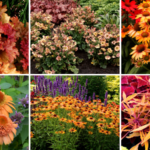



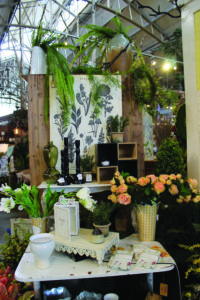
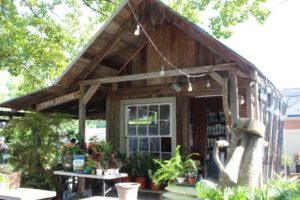
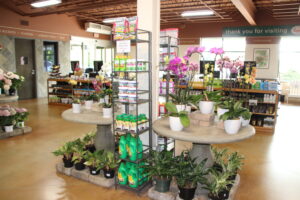




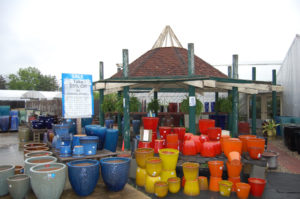
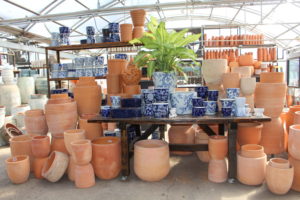
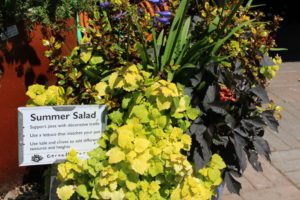


 Videos
Videos





